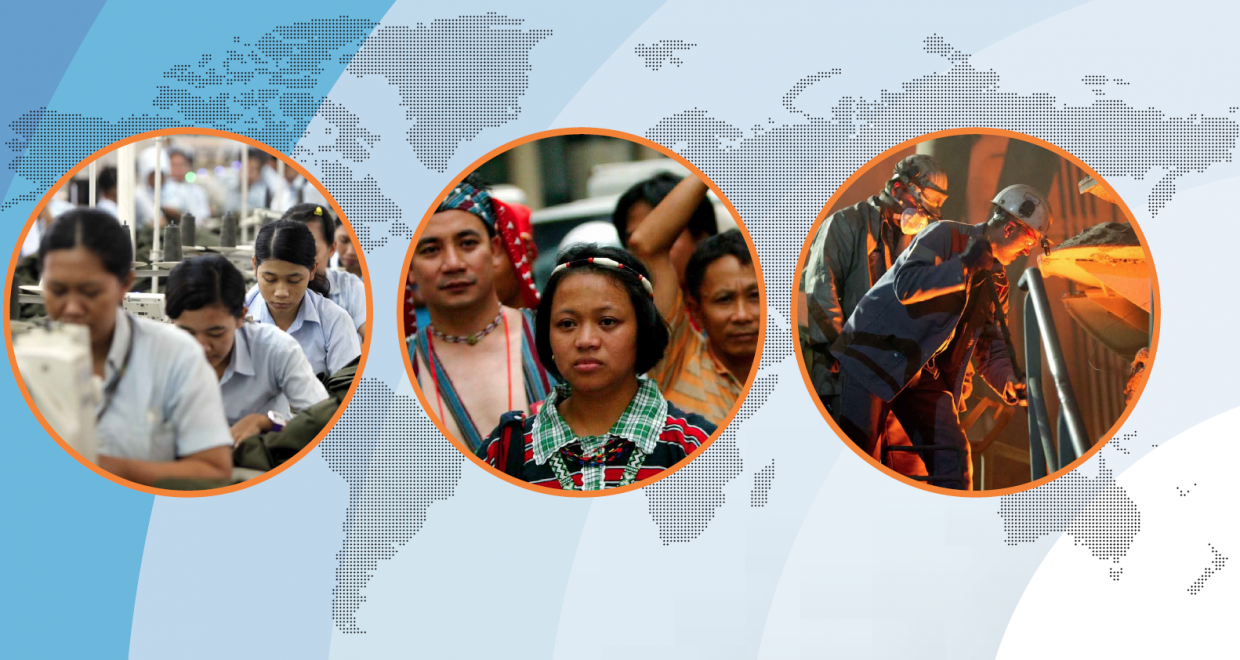Failures of redress, or when is a grievance mechanism not a grievance mechanism?
The UN Guiding Principles on Business and Human Rights expect companies to establish operational-level grievance mechanisms for individuals and communities adversely impacted by company operations (Guiding Principle 29). The criteria to ensure the effectiveness of grievance mechanisms (outlined in Guiding Principle 31) includes the expectation that mechanisms are legitimate, accessible, predictable, equitable, transparent, rights-compatible, a source of continuous learning, and based on engagement and dialogue.
Thanks to aggressive campaigning by civil society, the palm oil sector, widely known for driving tropical deforestation, climate impacts and a broad range of human rights violations, has in recent years made great strides in developing company level grievance mechanisms. Just within the space of a few years, most palm oil growers, processors and traders now have or are expected to have transparent mechanisms for responding to grievances from landowners and community members that arise both within their own operations and from third party suppliers. Several agri-business giants, including Cargill, Wilmar International and Musim Mas all have company-level grievance mechanisms in place and report on their responses.
For people harmed by corporate practices, grievance mechanisms can provide a level of recourse and visibility that was, until recently, largely unavailable, but they are far from a panacea. They can be inaccessible for reasons of language, literacy and digital access; they can lead to targeting of complainants by companies and corrupt authorities; and they can provide the illusion of redress without actually providing redress. As Earthrights points out, grievance mechanisms designed and implemented by the very companies that are the targets of the complaints suffer from a significant power imbalance between the parties.
For companies at risk of exposure to human rights abuses, developing a credible grievance mechanism can also be a fraught exercise: transparency can add fuel to NGO campaigns, expose companies to legal and regulatory liabilities, and generally create vulnerability of all sorts. It’s not surprising that some companies only go down this road when enormous pressure is placed on them by consumers, investors and civil society.
This pressure can backfire or have perverse results. One recent case of an attempt by a palm oil company to develop a grievance mechanism is a virtual case study in perverse results, and a graphic illustration of what companies should NOT do.
Following two massive pollution event in 2015, a Guatemalan company called REPSA (Reforestadora de Palmas, A.C.) was accused of criminally negligent activity resulting in massive die-offs of fish and other wildlife in and around the Pasión River, disrupting the lives of tens of thousands of Guatemalans. A court case charged “ecocide,” but the ruling was overturned – and the entire case taken to a whole other level – when an Indigenous professor, human rights defender and vocal REPSA critic named Rigoberto Lima Choc was killed outside the courthouse following the verdict, and three other human rights defenders were kidnapped.
An international campaign followed, with Friends of the Earth, Oxfam, Rainforest Action Network and others targeting REPSA’s buyers, several of whom had recently adopted policies to rid their supply chains of human rights violations. In June 2016 two of REPSA’s major buyers, Cargill and Wilmar both required REPSA to implement a Policy to Prohibit Violence and Intimidation and to “develop and implement a grievance mechanism to address conflicts and issues raised by local communities and other stakeholders.”
A year later, in July 2017, REPSA published its grievance log (archived here). However, rather than being “equitable, transparent, rights-compatible, and based on engagement and dialogue” as the UNGP’s require, analysis by Friends of the Earth found that REPSA’s log deflected the company’s responsibility for its actions, accused complainants of making false claims, and broadly defamed its critics.
Given the ongoing high tensions between the company and its critics, Friends of the Earth found that the primary effect of the grievance log was to make tensions worse – and to potentially endanger at-risk human rights defenders. Examples of what appeared in the log included a video where the victim’s family directly addressed the ongoing murder investigation and flatly denied company involvement, direct rebuttals of complaints made by human rights defenders, and dismissal of allegations that had been made by Amnesty International in its Speak Out for Defenders project. Within days of its posting, at the urging of its buyers and their sustainability consultant The Forest Trust, REPSA took down the grievance log.
As I write, REPSA’s grievance log is off-line and the company has committed to a roadmap for improvement developed in partnership with its multinational buyers – all of whom continue to source from the company despite the gravity of the human rights crisis engulfing the company. But the people most directly impacted – the Comision para la Defensa de la Vida y la Naturaleza de Sayaxché – have refused to engage in dialogue without the full and continuous presence of the Guatemalan human rights ombudsman and the United Nations High Commissioner for Human Rights – an attitude that is understandable, given the results of REPSA’s first attempt to provide redress. In light of the unresolved concerns on the ground, the international campaign continues.
Given the nature of company-community relations and the dangers faced by impacted rights-holders in complex operating environments, the implementation of operational-level redress mechanisms faces serious structural challenges. As the UN Guiding Principles clarify: “A grievance mechanism can only serve its purpose if the people it is intended to serve know about it, trust it, and are able to use it. Poorly designed or implemented grievance mechanisms can risk compounding a sense of grievance amongst affected stakeholders by heightening their sense of disempowerment and disrespect by the process” (emphasis added).
The takeaway? If your company is accused of grave environmental and human rights abuses, don’t use your grievance mechanism to make things worse.
Jeff Conant is Senior International Forests Program Director, Friends of the Earth U.S.






Thanks for learning from you. I work in a certain company in Kenya that’s struggling to launch an OGM and I feel that the process lacks inclusivity.